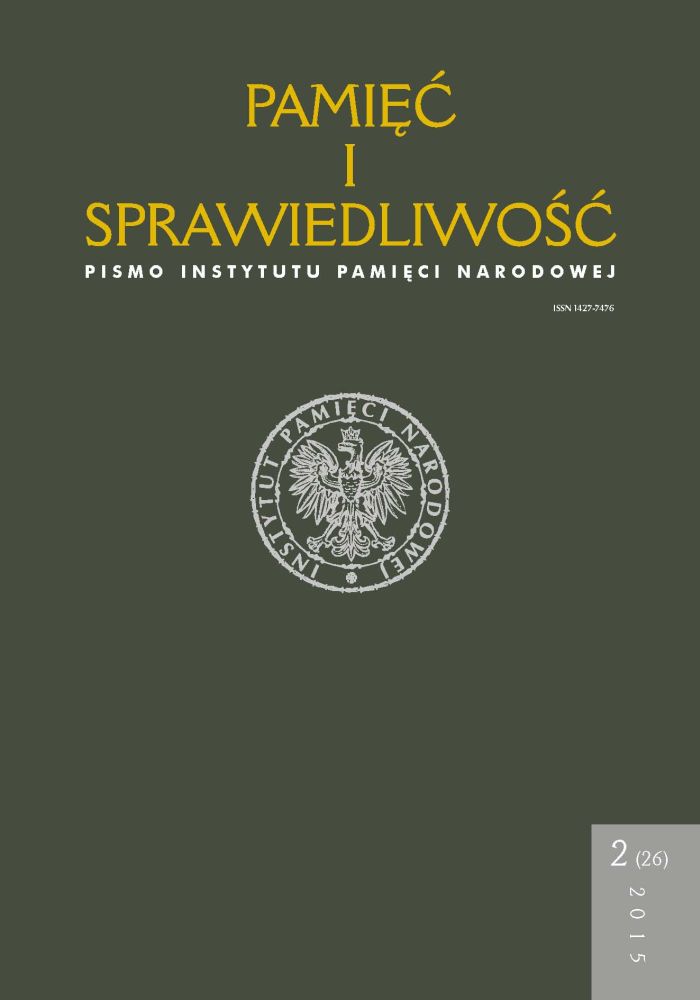1956 – instytucje i dynamika represji porewolucyjnych
1956: The institutions and dynamics of the post-revolutionary reprisals
Author(s): Réka KissSubject(s): Political history, Social history, Post-War period (1950 - 1989)
Published by: Instytut Pamięci Narodowej
Keywords: The Hungarian Revolution; political reprisals; state violence; J.nos K.d.r; K.d.r regime; propaganda
Summary/Abstract: The Hungarian Revolution of 1956 undeniably constitutes the internationally most renowned chapter of twentieth-century Hungarian history. The most crucial historical issues of the Revolution, such as the nature of the uprising, its political history, its short-term and long-term national and international impact are all extensively researched and abundantly discussed in international literature. However, the history of the reprisals after the Revolution belong to the lesser known chapters of 1956. The aim of this paper is to offer an overview of the internal correlations and prominent events of the post-1956 reprisals – the dynamics, instruments, methods, and political objectives of state violence, as well as major findings of recent research on the propagandistic role the reprisals played in legitimizing the new Kádárian center of power. Further, I offer a brief summary of research problems related to the questionable role of court documents. I ask and propose to answer the question to what extent and in what ways the historical sources of the reprisals (produced by the oppressive authorities) are suitable for the reconstruction of the events of the Revolution of 1956. I also consider the alternative interpretation in which these documents are merely seen to mirror a process of how the regime created its own counter-myth of 1956 by constructing a systematic and symbolic narrative of the counterrevolution.
Journal: Pamięć i Sprawiedliwość.
- Issue Year: 28/2016
- Issue No: 2
- Page Range: 373-394
- Page Count: 22
- Language: Polish

